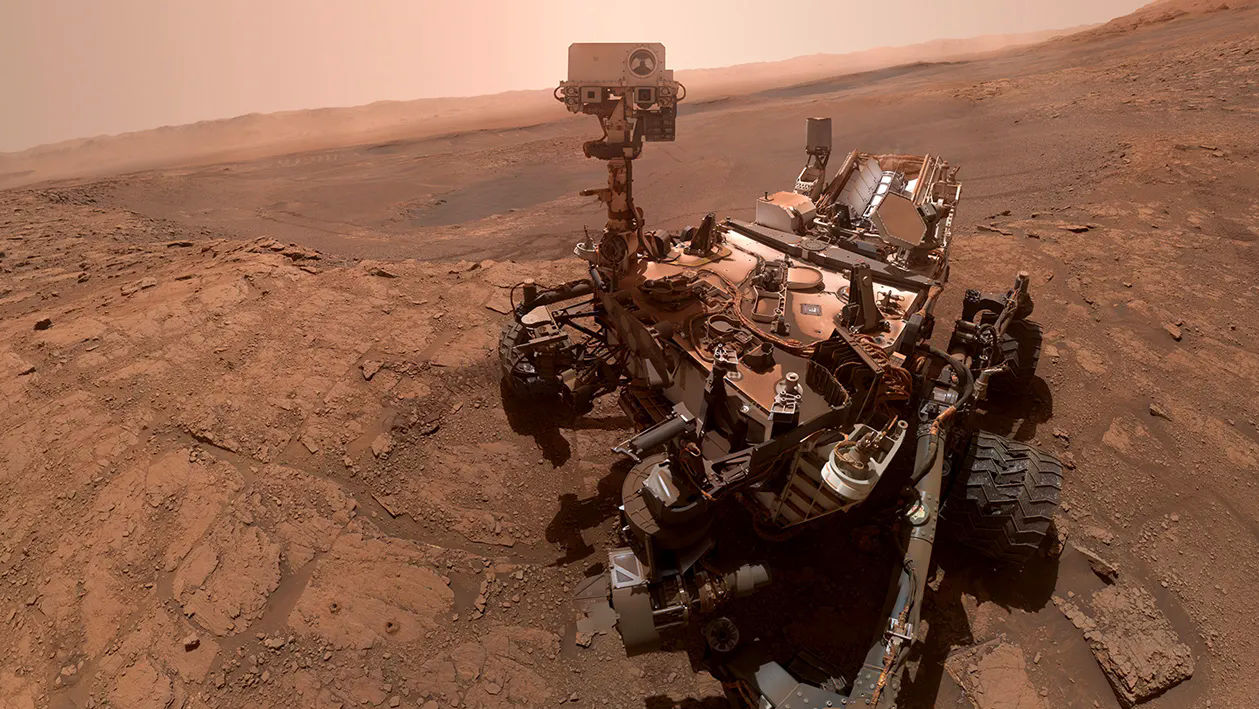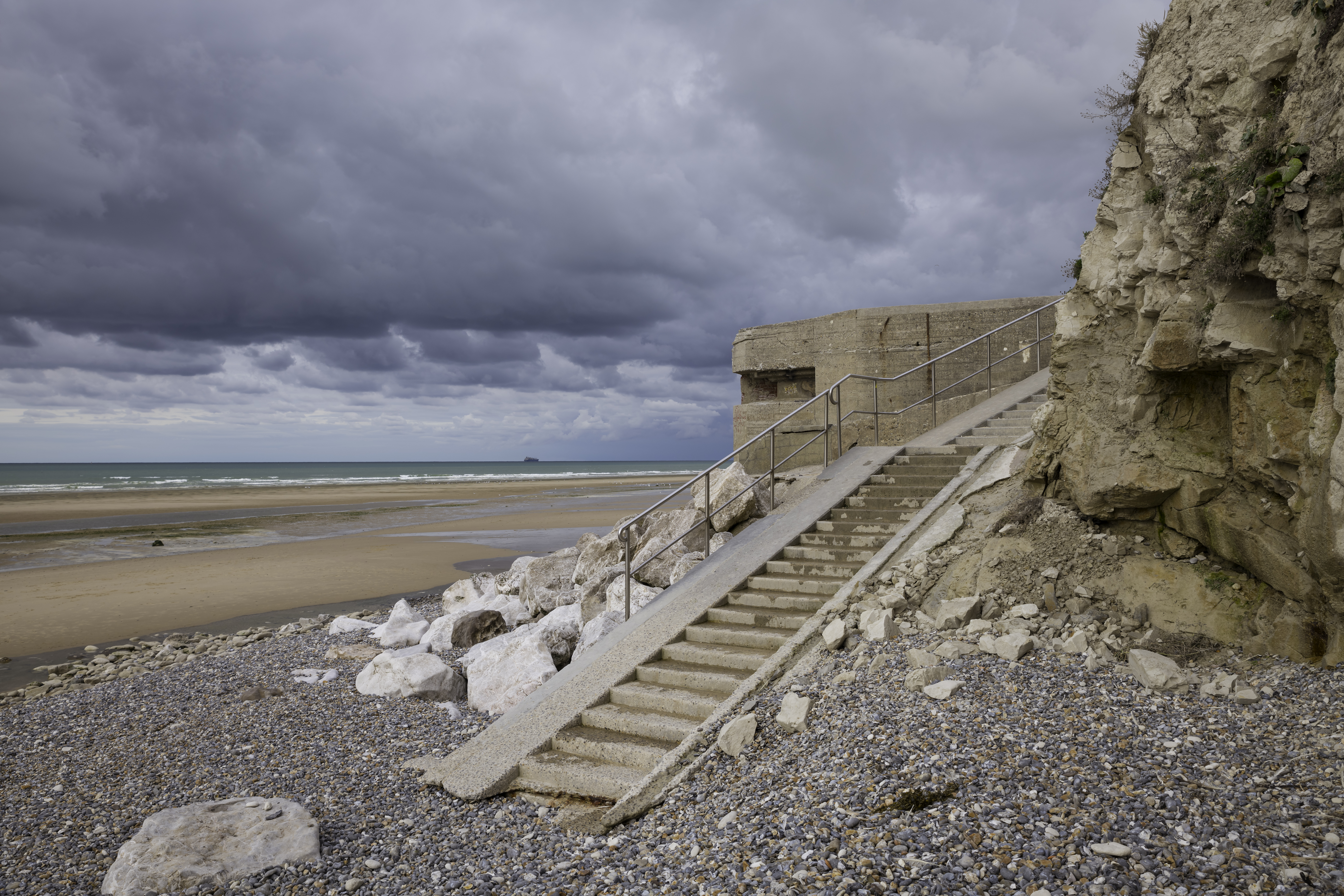Biome
-
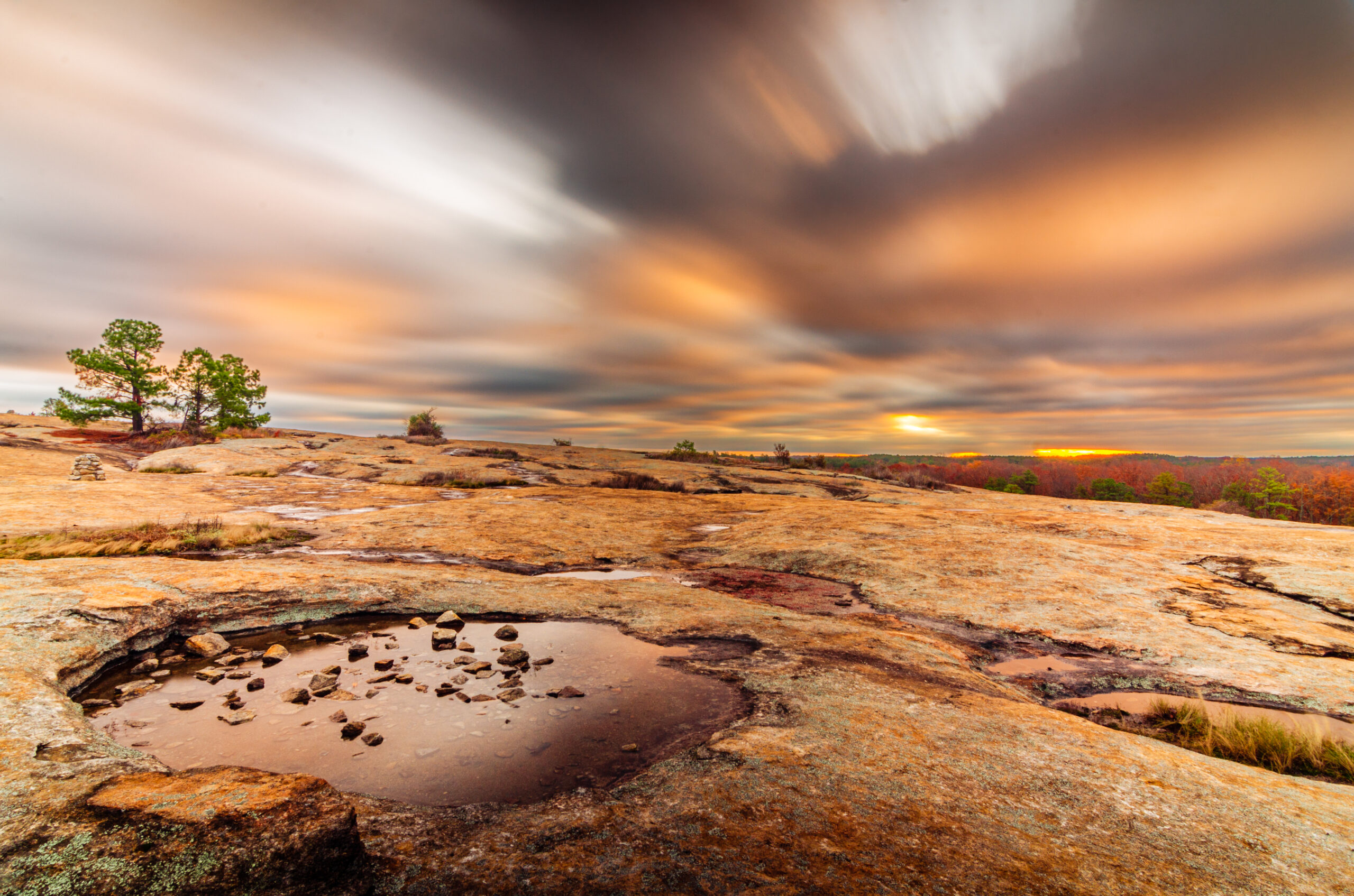 Posted On Biome
Posted On BiomeLiving Landscapes – The Music of the Biomes Series


The biodiversity of the Tropical Rainforests. The great tree studded grasslands of the African Savannah. The summer-parched Scrublands of the Mediterranean. The endless deserts of…
-
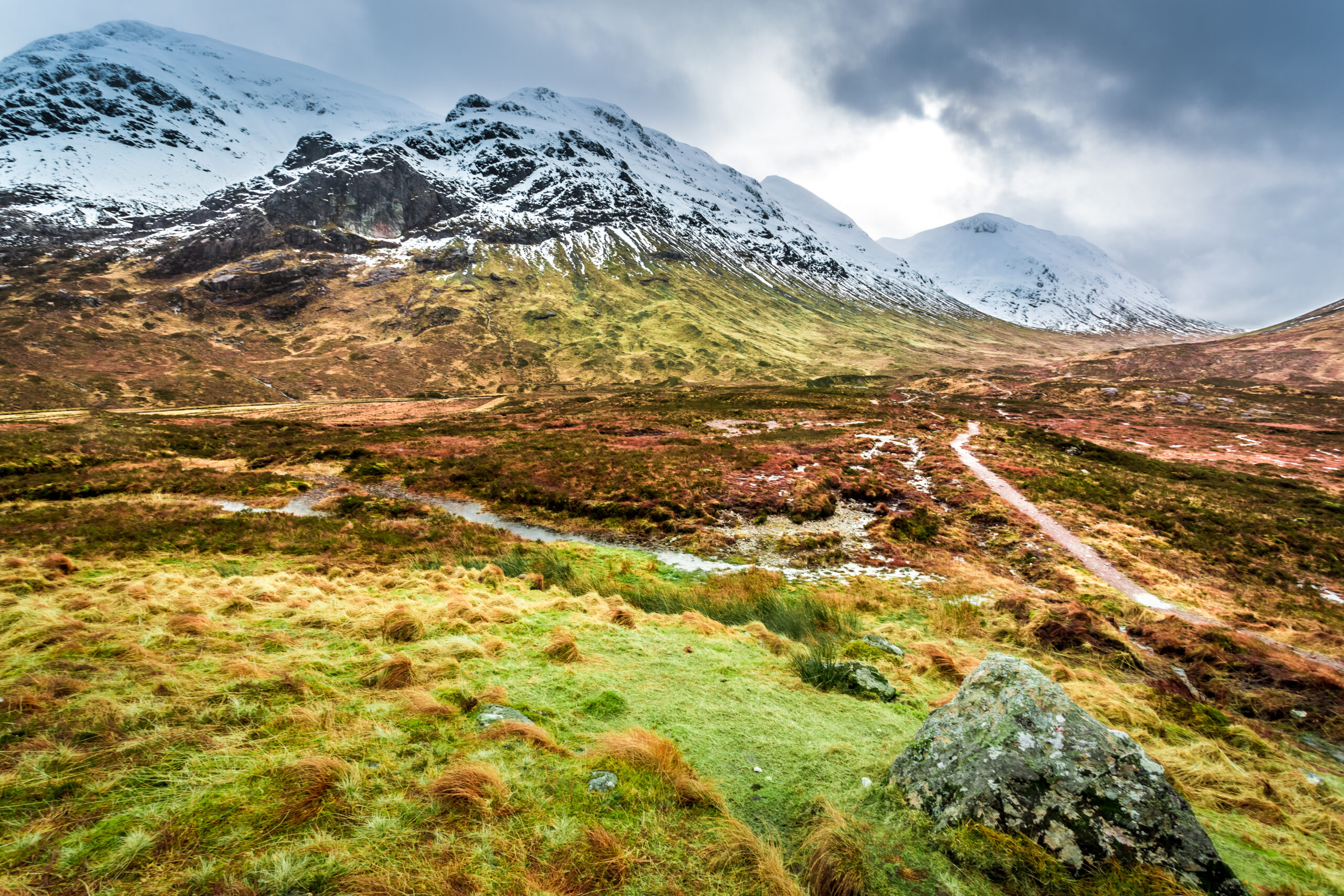 Posted On Biome
Posted On BiomeHighlands – Montane Forests, Alpine Meadows, Tropical Moorlands


What happens when you take one of the many sea-level biomes that we’ve looked at in this series, and climb into the mountains? How does…
-
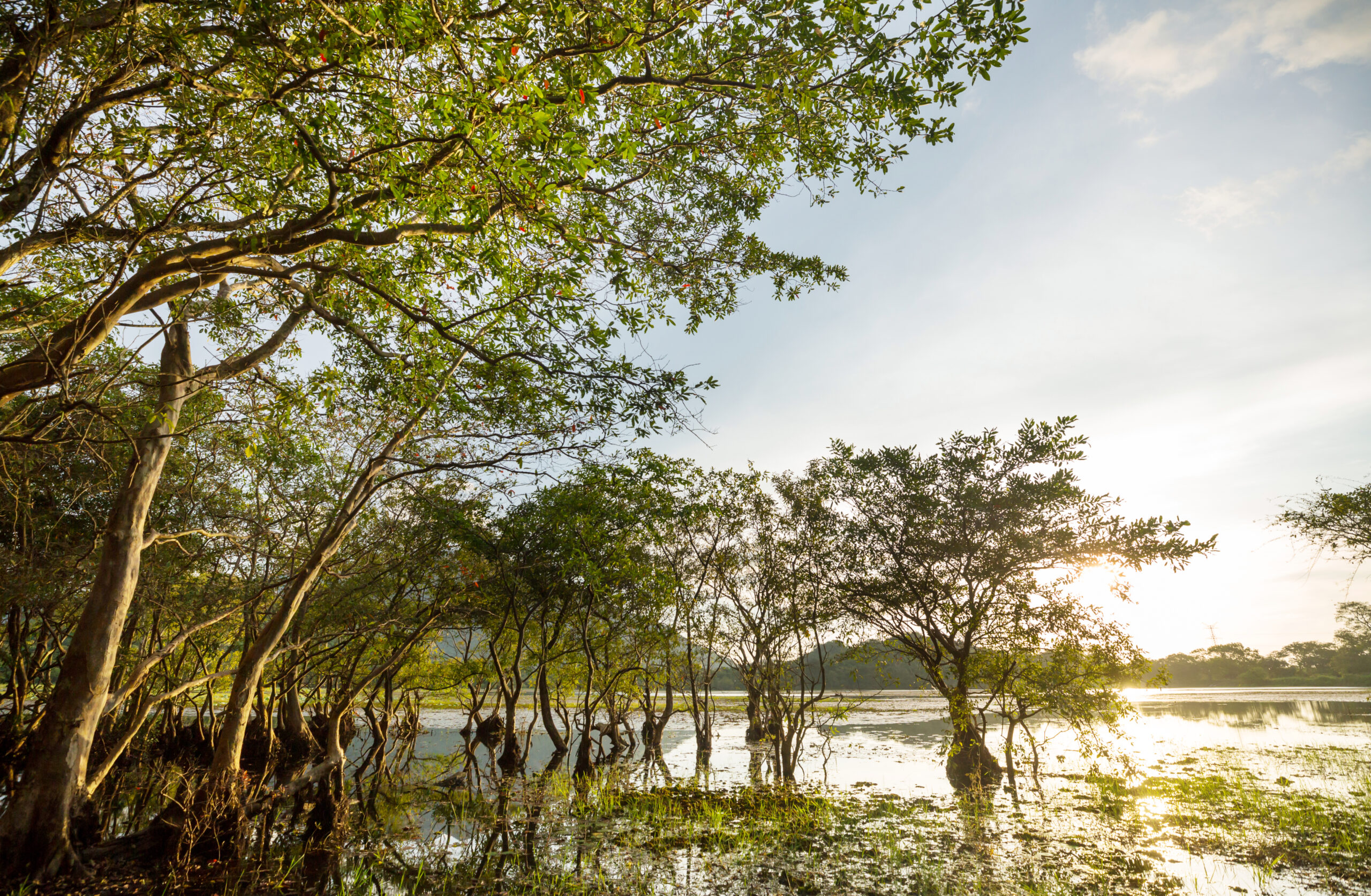 Posted On Biome
Posted On BiomeWetlands – Mangroves, Marshes and Bogs


The world’s wetlands are aquatic biomes that are among the most complex and biodiverse on our planet. They can occur anywhere on Earth where shallow…
-
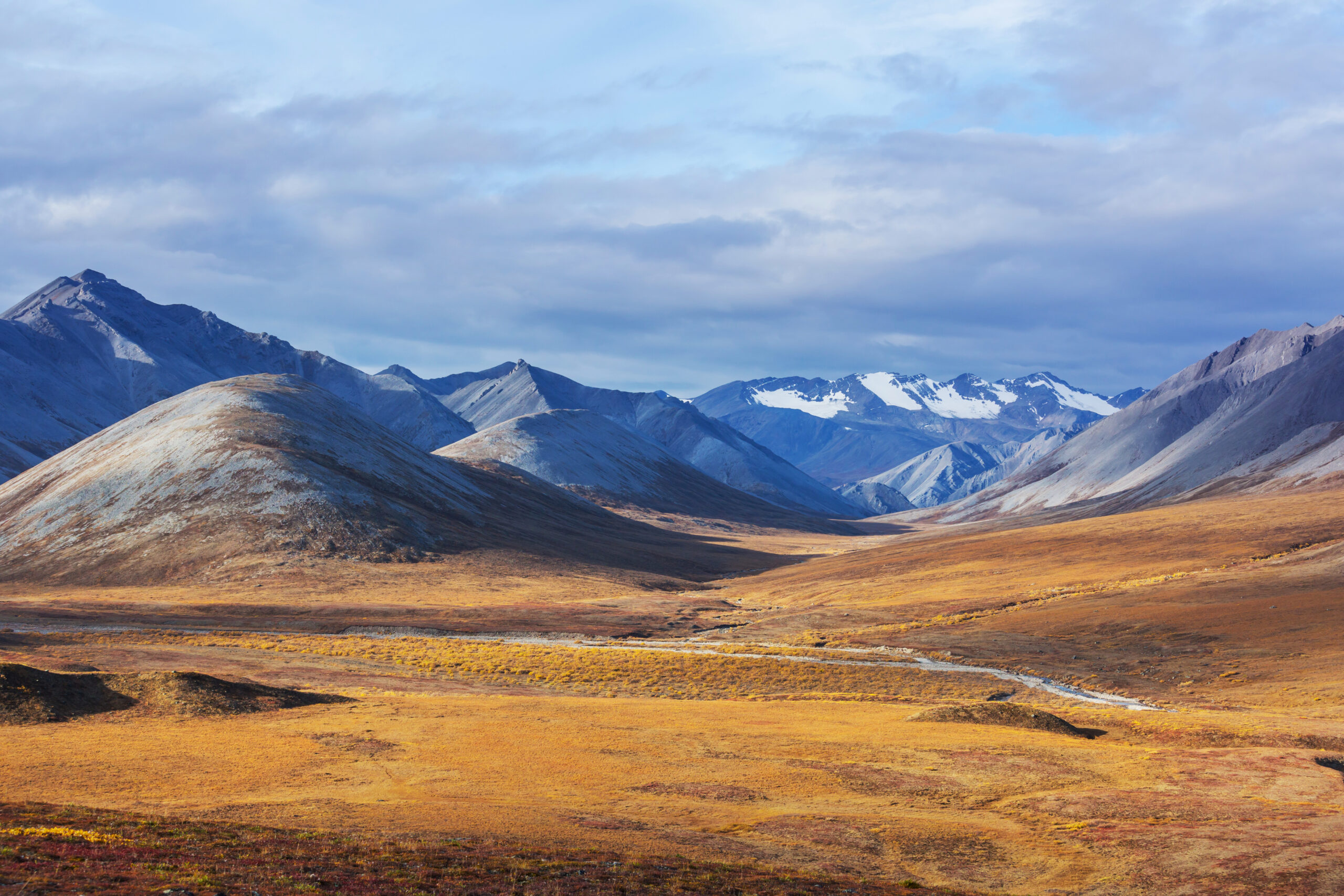 Posted On Biome
Posted On BiomeThe Tundra Biome and Ice Biome


The Tundra and Ice Biomes of the Arctic and Antarctic. In this video we explore how the weak sun leads to cold temperatures year round…
-
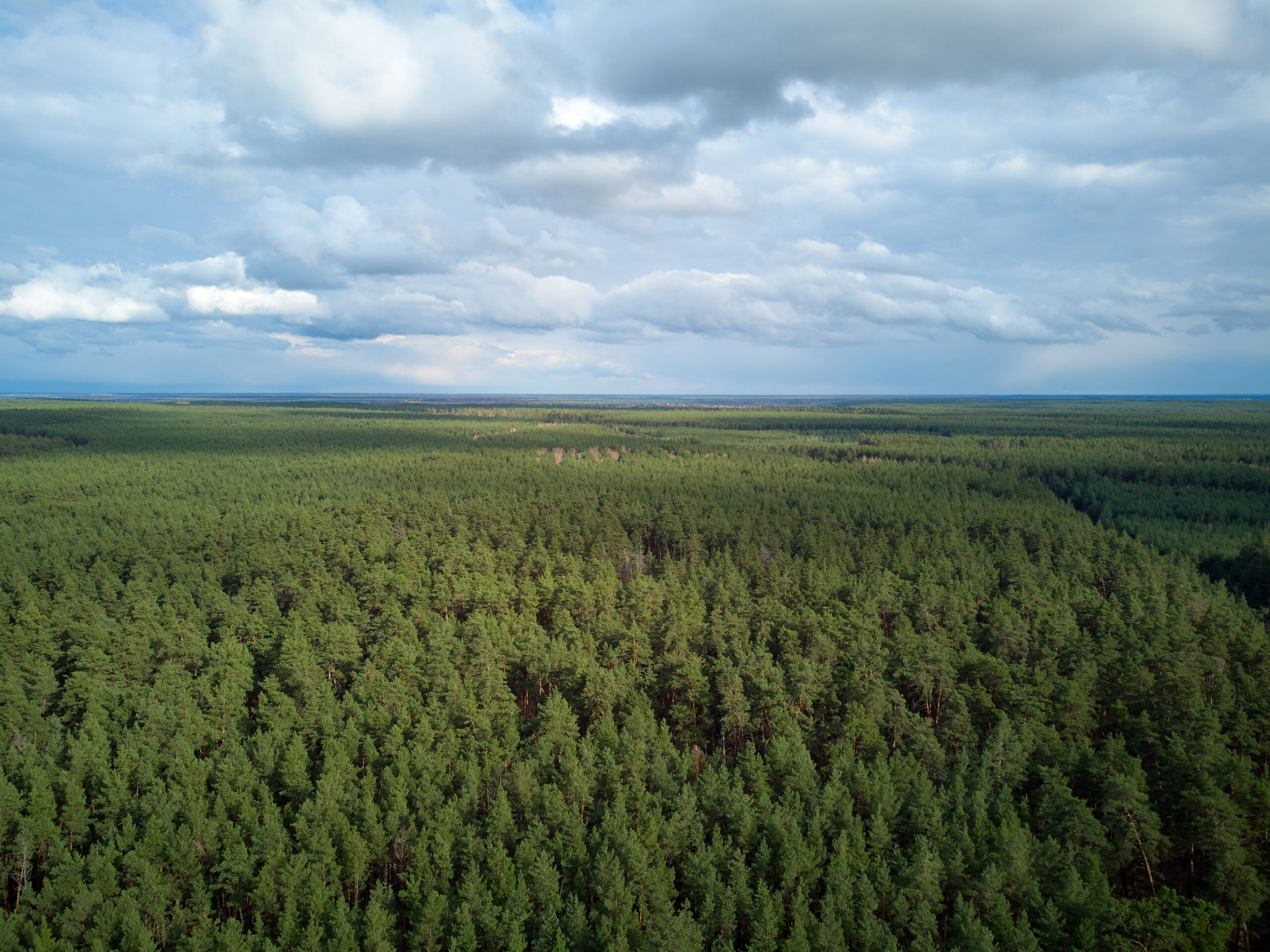 Posted On Biome
Posted On BiomeThe Taiga Biome (Boreal Forest)


The Boreal Forest Biome, often referred by its original Russian name as simply the Taiga. It is a sea of coniferous trees, stretching unbroken from…
-
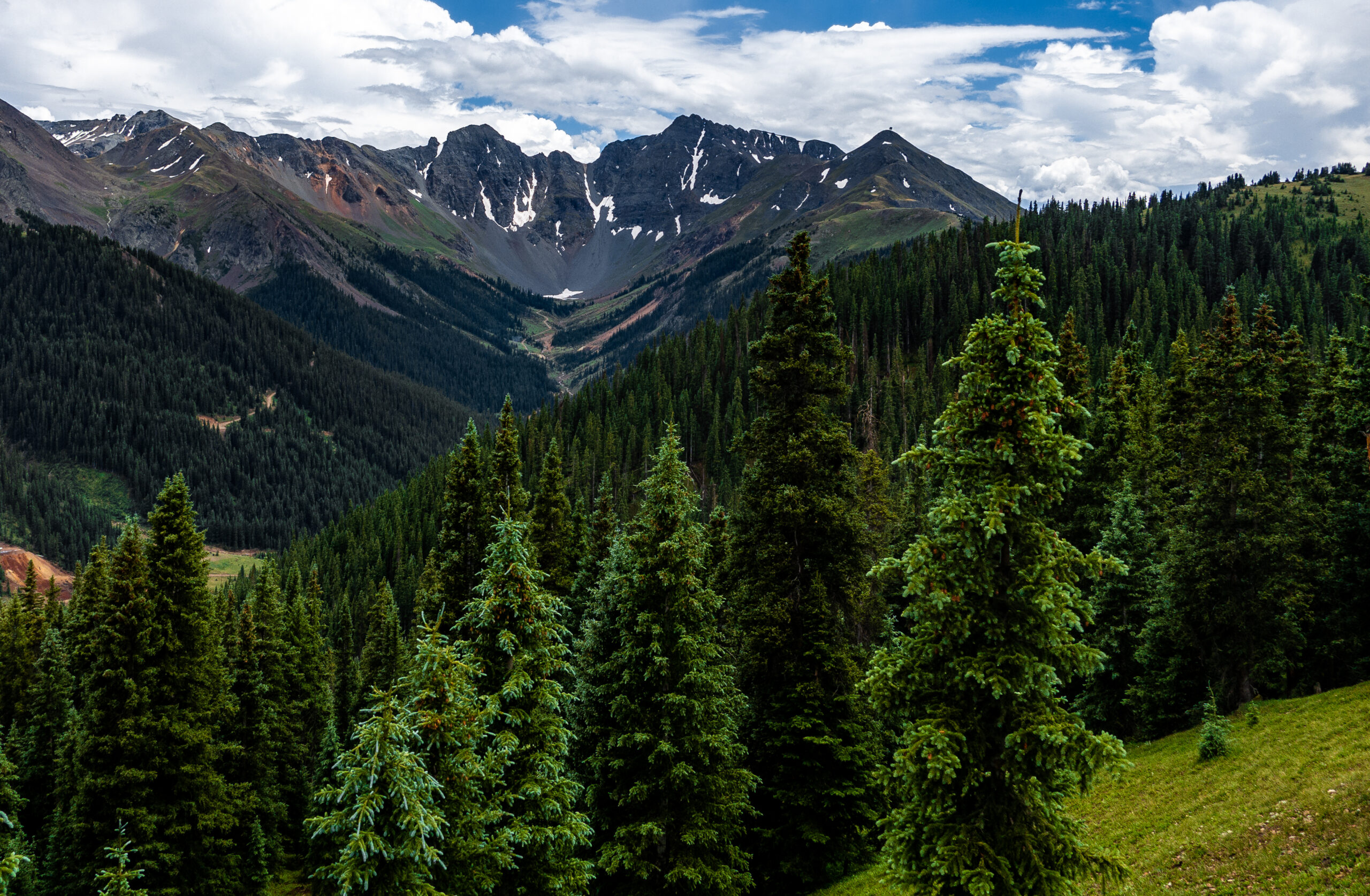 Posted On Biome
Posted On BiomeThe Temperate Forest Biome


The Temperate Forest Biome, a mix of deciduous and coniferous trees found in the temperate regions of Earth. We will cover why these trees grow…
-
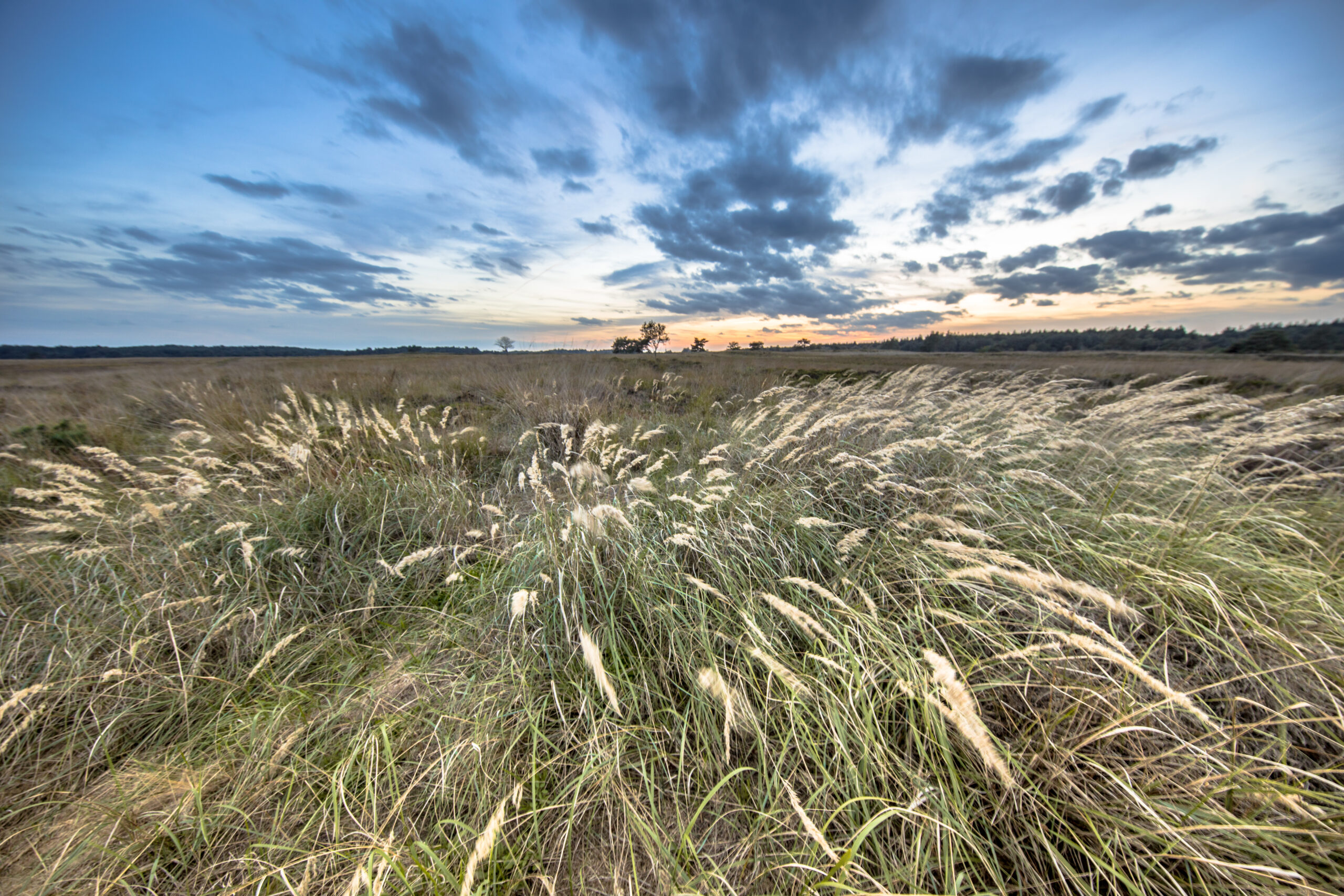 Posted On Biome
Posted On BiomeThe Grassland Biome


Grass. If there is one plant that has come to dominate our world, it’s this. Occupying every biome on earth except the icesheets, grasses have…
-
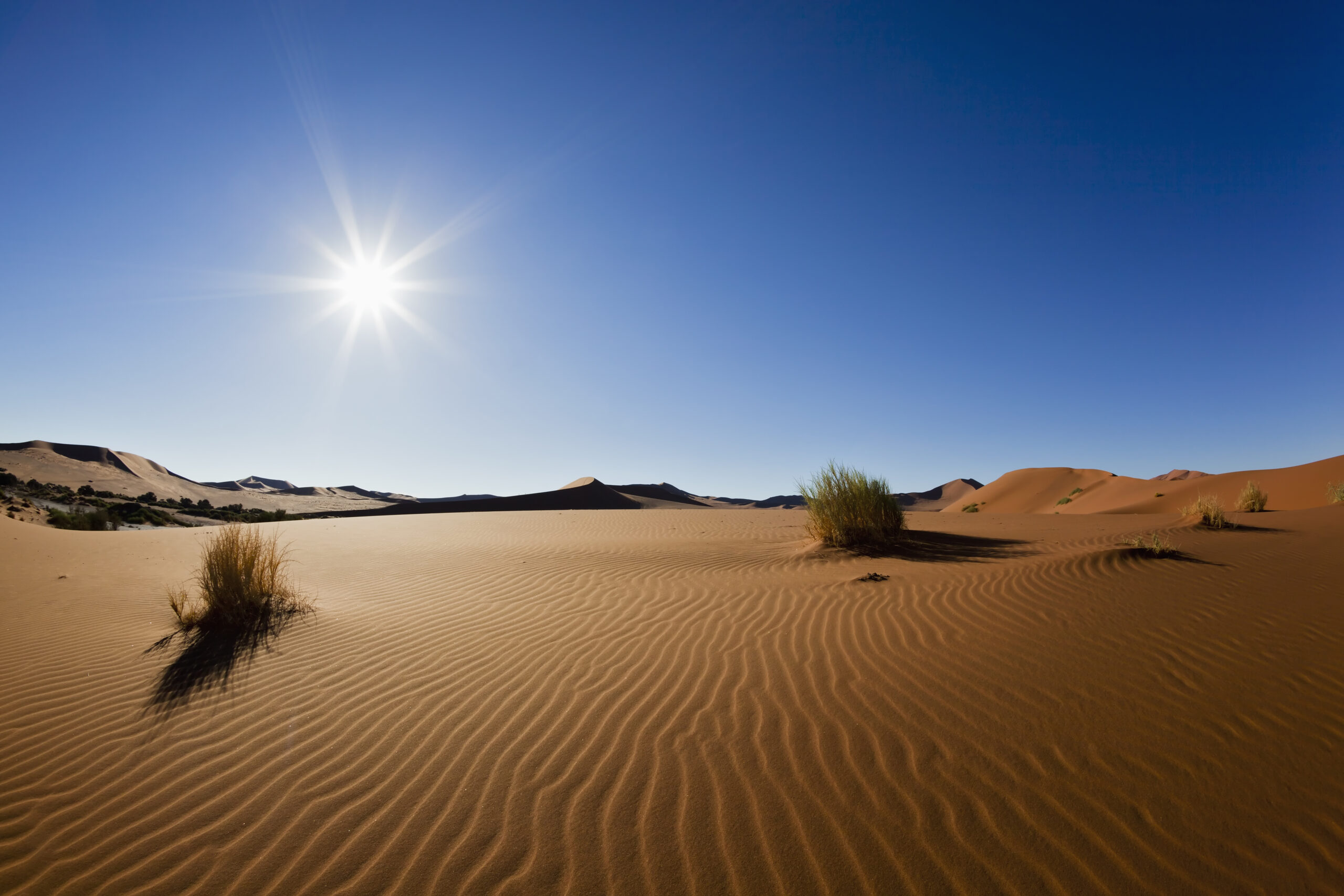 Posted On Biome
Posted On BiomeThe Desert Biome


The Desert Biome. In this biogeography video we look at the world’s deserts, explain why they are that way, and what types of vegetation we…
-
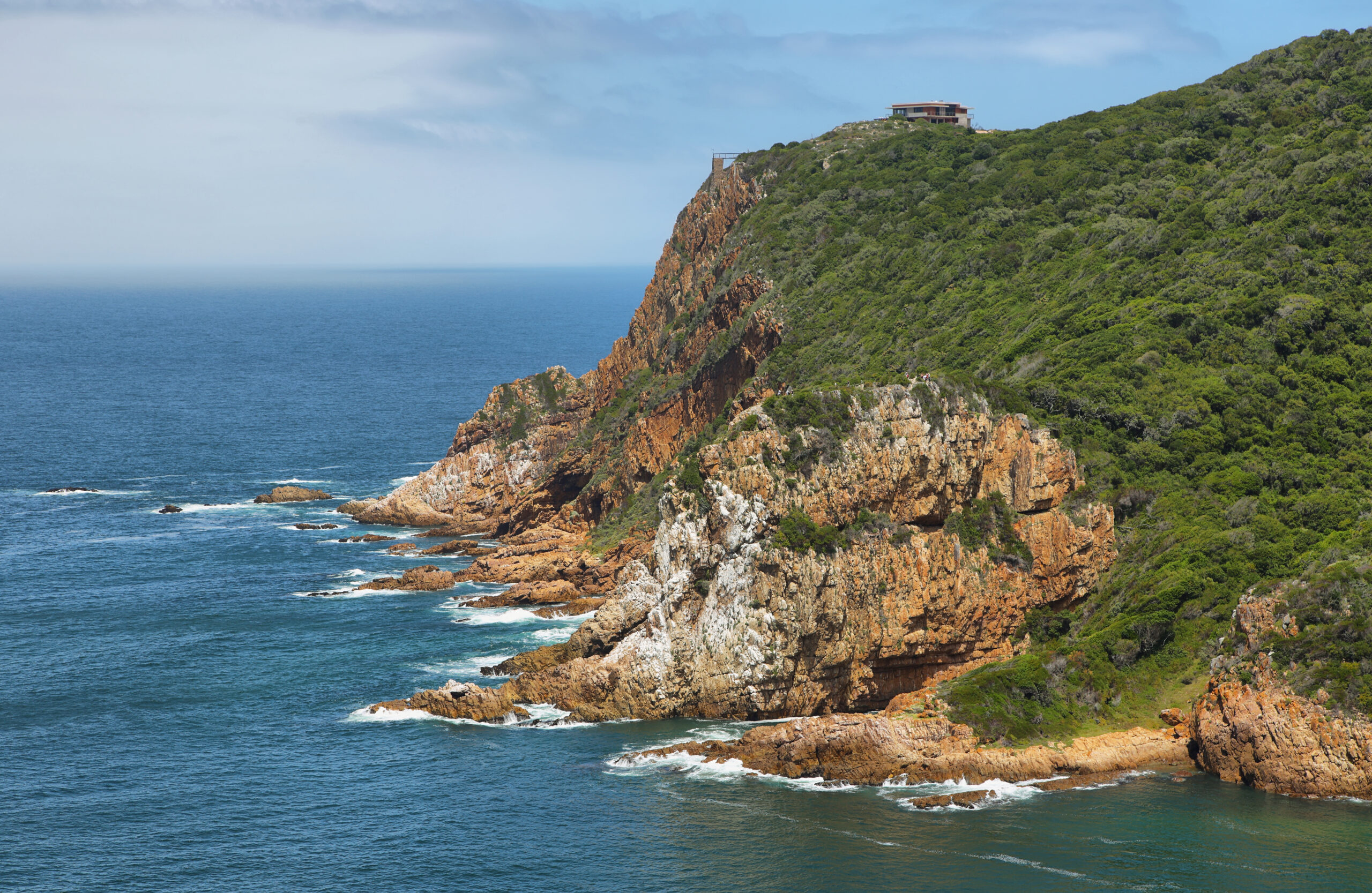 Posted On Biome
Posted On BiomeThe Scrub Biome or Shrubland Biome


Often overlooked, the relatively arid regions of earth that are the Shrublands (also known as Scrub or Scrubland) take second or third place to forests…
-
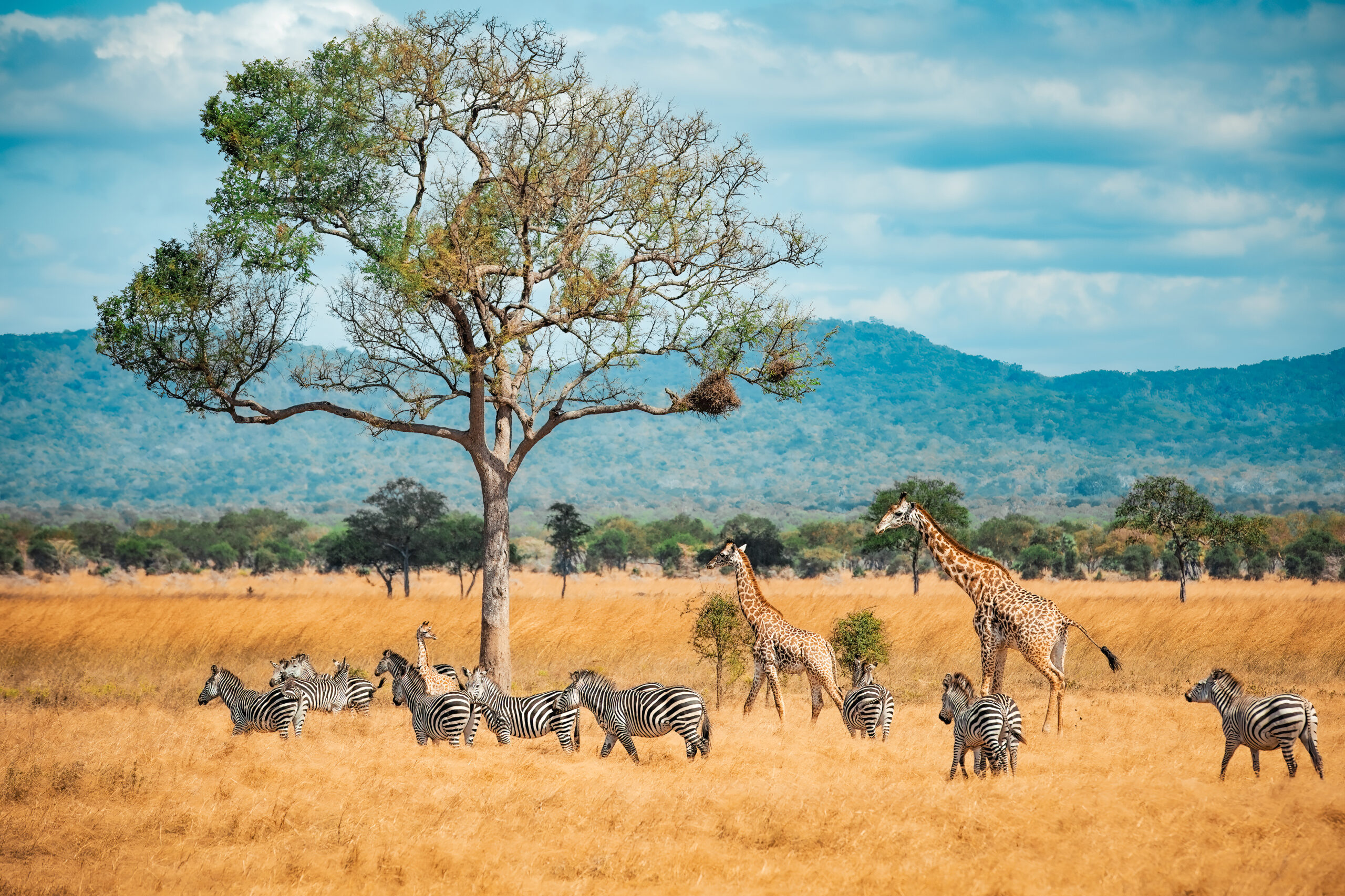 Posted On Biome
Posted On BiomeThe Savannah Biome


The Savannah (Savanna) is the vast open country of the tropics composed of a patchwork of trees and shrubs on a bed of grass. It…
